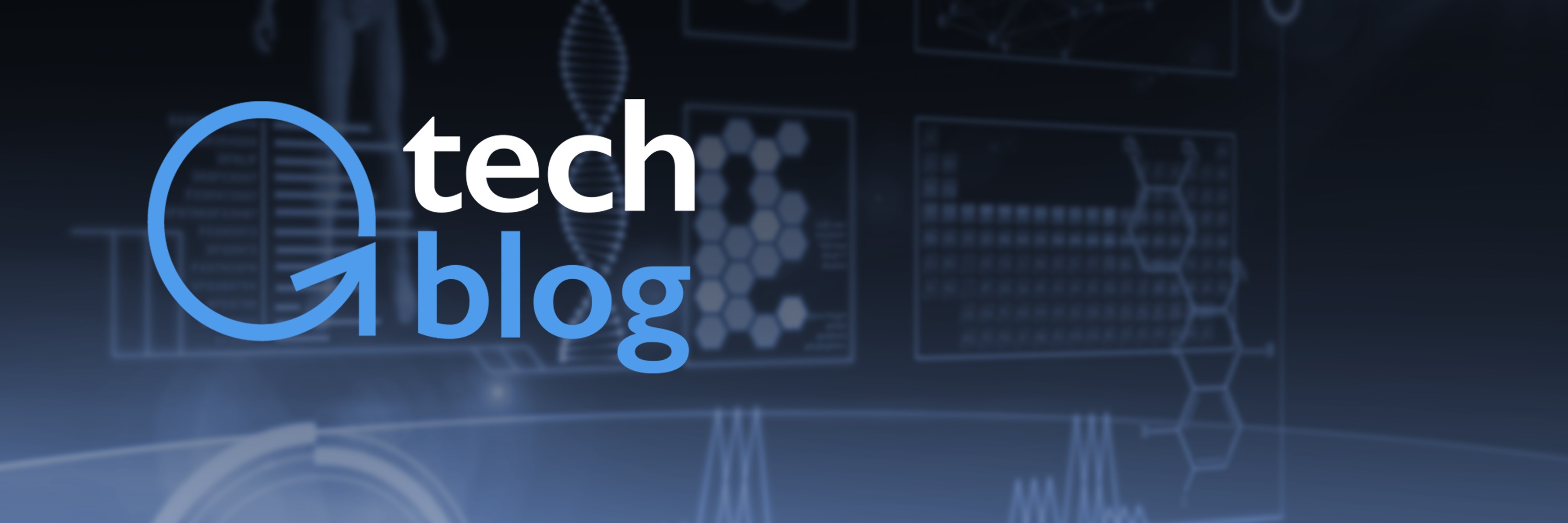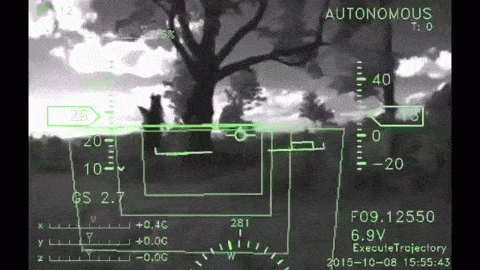
This week in San Diego, Singularity University is holding its Exponential Medicine Conference, a look at how technologists are redesigning and rebuilding today's broken healthcare system.
Healthcare today is reactive, retrospective, bureaucratic and expensive.
It's sick care, not healthcare.
This blog is about why the $3 trillion healthcare system is broken and how we are going to fix it.
P.S. Send any tips to our team by clicking here, and send your friends and family to this link to subscribe to Abundance Insider.
First, the Bad News:
- Doctors spend $210 billion per year on procedures that aren’t based on patient need, but fear of liability.
- Americans spend, on average, $8,915 per person on healthcare – more than any other country on the planet.
- Prescription drugs cost around 50% more in the U.S. than in other industrialized countries.
- At current rates, by 2025, nearly ¼ of the US GDP will be spent on healthcare.
- It takes on average 12 years and $359 million to take a new drug from the lab to a patient.
- Only 5 in 5,000 of these new drugs make it to human testing. From there, only 1 of those 5 is actually approved for human use.
And Now, the Good News:
We are in the midst of a (medical) revolution driven by exponential technology: artificial intelligence, smart sensors, robotics, 3D printing, big data, genomics and stem cells. Today's $3 trillion healthcare industry is in the deceptive phase of its march towards dematerialization, demonetization and democratization. What does that mean? Imagine a time within the next 10 years when:
- Artificial Intelligence-enabled autonomous health scans provide the best diagnostics equally to the poorest and wealthiest on Earth.
- Large-scale genomic sequencing and machine learning allow us to understand the root cause of cancer, heart disease and neurodegenerative disease and what to do about it.
- Robotic surgeons can carry out a perfect operation (every time) for pennies on the dollar.
- When each of us can regrow a heart, liver, lung or kidney when we need it instead of waiting for the donor to die.
These breakthroughs are materializing because of the convergence of the following key accelerating technologies.
Artificial Intelligence in Healthcare:
AI will enable better diagnoses and personalized medical recommendations.
- Companies like Enlitic are using Artificial Intelligence and deep learning to improve medical imaging diagnostics and tumor detection and integrate medical data to provide better actionable advice for patients and doctors alike.
- Johnson & Johnson is teaching IBM Watson to read and understand scientific papers that detail clinical trial outcomes. Even Apple is partnering with IBM Watson to provide access to health data from mobile apps.
- One such Watson system contains 40 million documents, ingests an average of 27,000 new documents per day, and provides insights for thousands of users. After only one year, Watson’s successful diagnosis rate for lung cancer is 90 percent, compared to 50 percent for human doctors.
Sensors & Healthcare:
Wearables, connected devices and quantified-self apps will allow us to collect enormous amounts of useful health information.
- Wearables like the Quanttus wristband and Vital Connect can transmit your electrocardiogram data, vital signs, posture and stress levels anywhere on the planet.
- Google is developing a full range of internal and external sensors (i.e. Google’s smart contact lens) that can monitor the wearer’s vitals ranging from blood sugar levels to blood chemistries.
- The $10M Qualcomm Tricorder XPRIZE is bringing the Star Trek Tricorder to life – not for a doctor or nurse, but for you, the consumer.
Robotics & Healthcare:
The precision, accuracy, and mobility of medical robotics will allow us to serve more humans around the world, faster and cheaper.
- Over 3 million surgeries worldwide have been performed by Intuitive Surgical’s Da Vinci robotic system using 3D HD vision inside the body, with precise movements that don’t have the tremors of a human hand.
- A new generation of surgery robots under development which can autonomously and perfectly conduct routine surgeries without human error and at a fraction of the cost, demonetizing and democratizing surgery.
- Telepresence technologies like Suitable Technology’s BEAM and InTouch Health will allow top physicians to beam into locations around the world for consultation and rounds at hospitals.
3D Printing:
On-demand manufacturing will make medical devices cheaper and more readily accessible to millions, and it will make scarce resources like organs-for-transplant abundantly available.
- 3D Systems is 3D printing precise dental and anatomical models, custom surgical guides, implantable devices, exoskeletons, hearing aids, prosthetics and braces for scoliosis and other applications.
- Students at Washington University 3D printed a robotic arm for about $200. Traditional robotic limbs can run $50,000 to $70,000, and they need to be replaced as children grow.
- Dr. Anthony Atala’s team and companies like Organovo are 3D bio-printing with cells to produce tissues, blood vessels and even small organs.
Genomics & Big Data:
The cost of genome sequencing has plummeted 100,000-fold, from $100M per genome in 2001 to $1,000 per genome today… outpacing Moore’s Law by 3x.
- At Human Longevity Inc., our mission is to accumulate the largest genomics data set ever. HLI will sequence over 1 million full human genomes, microbiomes, MRI body image scans, metabolomes, and more…
- Next, with that large data set, HLI be able to unlock the secrets of our biology. We’ll find insights into and cures for cancer, heart disease and neurodegenerative disease, and ultimately extend the human health and longevity.
Stem Cells:
We are now in the earliest stages of stem cell therapy development. Future therapies will be transformative and, frankly, mind-boggling.
- Stem cell therapy promises tissue regeneration and renewal – and thus a “cure” for everything from blindness to spinal cord injuries, Type 1 diabetes, Parkinson’s disease, Alzheimer’s disease, heart disease, stroke, burns, cancer and osteoarthritis.
- In 2012, researchers at Cedars-Sinai reported one of the first cases of successful therapeutic stem cell treatment – they used patients’ own stem cells to regenerate heart tissue and undo damage from a heart attack.
Conclusions
The disruption and transformation of medicine is happening right now.
That's why each year I work with Dr. Daniel Kraft, head of the Medicine track at Singularity University, to hold an amazing 3-day event that brings all of the coolest and most powerful technologies together at an event called Exponential Medicine.
If you are interested in or involved in medicine, technology, or the future of healthcare, you need to be at this event.
WHAT IS ABUNDANCE INSIDER?
This email is a briefing of the week's most compelling, abundance-enabling tech developments, curated by Marissa Brassfield in preparation for Abundance 360. Read more about A360 below.
WANT MORE CONVERSATIONS LIKE THIS?
At Abundance 360, Peter's 360-person executive mastermind, we teach the metatrends, implications and unfair advantages for entrepreneurs enabled by breakthroughs like those featured above. We're looking for CEOs and entrepreneurs who want to change the world. The program is highly selective. Apply now for Abundance360 Summit if you'd like to develop an Abundance Mindset.
Know someone who would benefit from getting Abundance Insider? Send them to this link to sign up.
Topics: healthcare






